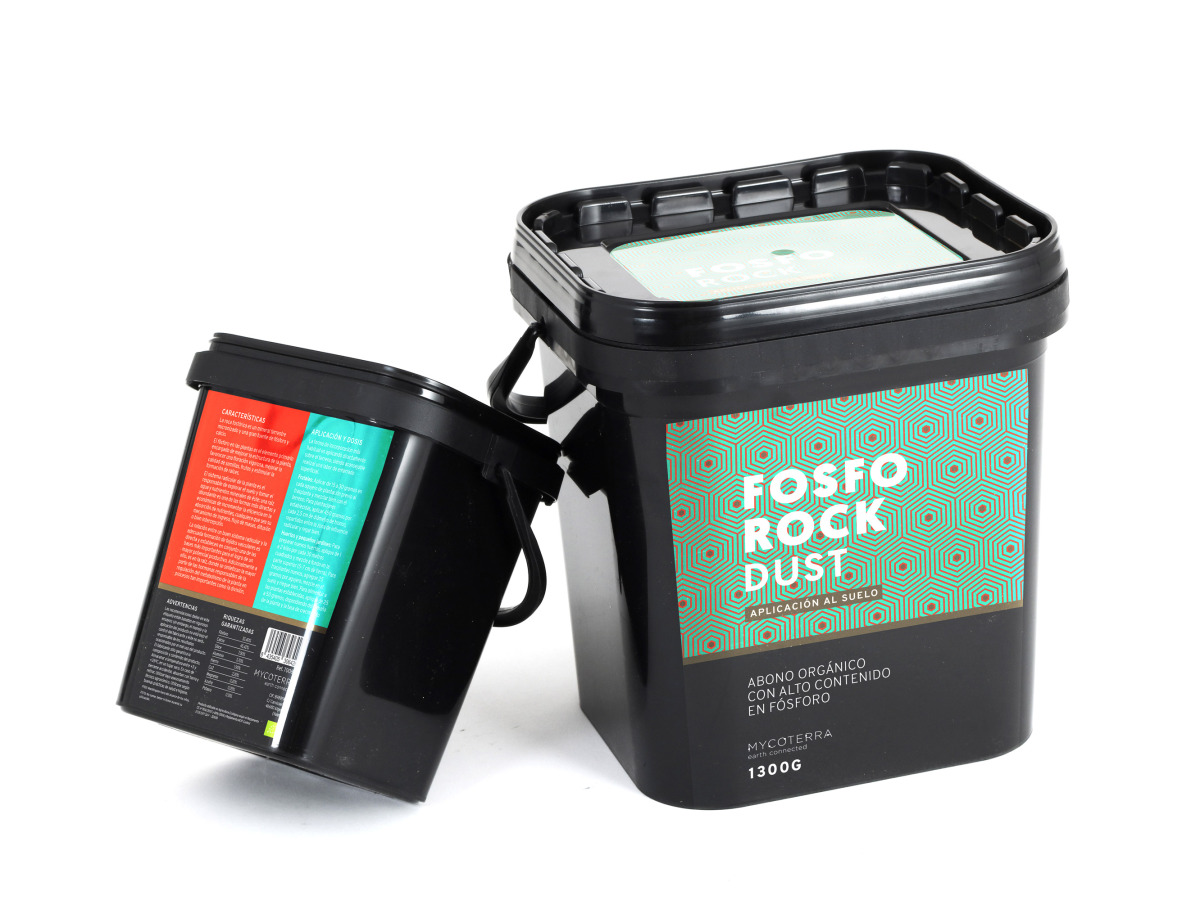Phosphate rock is a micronized terrestrial mineral and a great source of phosphorus and calcium
Phosphorus in plants is the primary element responsible for improving the structure of the plant, promoting vigorous flowering, improving the quality of seeds and fruits, and stimulating root formation.
The plant’s root system is responsible for exploring the soil and taking water and mineral nutrients from it; an abundant root is one of the most direct and economical ways to increase the efficiency of nutrient absorption, whatever its entry mechanism, mass flow, diffusion, or interception.
The relationship between a good root system and the adequate formation of vascular tissues is direct and together they establish one of the most important bases for achieving greater productive potential. In addition, it is in the root where most of the hormones responsible for regulating the plant’s metabolism are synthesized in such important processes as cell division, thickening, and elongation; senescence, fruit setting and growth, etc.
Guaranteed richness
- Phosphorus (P2O5) 33.40%
- Calcium (CaO) 45.42%
- Silica (SiO2) 7.00%
- Aluminium (Al2O3) 3.70%
- Iron Fe2O3 1.90%
- Co2 2.20%
- Magnesium (MgO) 0.20%
- Sulfur (SO4) 0.05%
- Potassium (K2O) 0.13%
Application
The most common way of incorporating it is by applying it directly to the ground, although it is advisable to bury it superficially.
- Fruit trees: Apply 15 to 30 grams in each planting hole before transplanting and mix well with the soil. For established plantings, apply 450 grams per 2.5 cm of trunk diameter, spread over the root zone and water well.
- Orchards and small gardens: To prepare new orchards, apply 1 to 2 kilos per 30 square meters and mix thoroughly into the top (5-7 cm of soil). For new transplants, add 25 grams per hole, mix into the soil and water well. To feed established plants, apply 25 to 50 grams, depending on plant size and desired growth rate, once a month during the growth phase.
- Outdoor containers: For new plantings, add 5 grams per liter of substrate and mix well. To feed established plants, apply 4 grams per liter of substrate to the soil surface once a month during the growing season.
Dosage
| gr/L | 50 L bag |
| 5 gr | 250 gr |
It is advisable to always add it together with organic matter (worm humus, seaweed bokashi) since it contains organic colloids and also apply with microorganisms, since they help the release of minerals.
